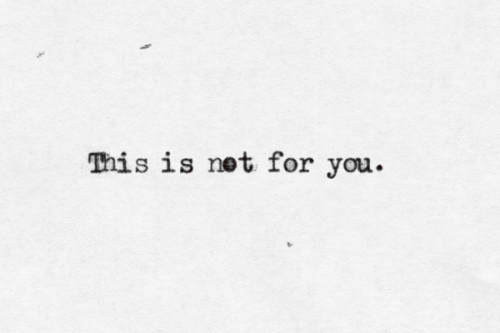Author: Mark Z. Danielewski
Make no mistake, those who write long books have nothing to say. Of course those who write short books have even less to say...
House Of Leaves is not that kind of story.
This is a huge novel (and one you must read in its physical version rather than as an ebook, as the photographs in this post will indicate) with multiple plots and sub-plots, typographical tricks, footnotes and diversions. It tells the story of ‘The Navidson Record’, a film by a renowned photographer about a very singular house.
The book takes the form of an academic treatment of the film, discussing its themes and veracity. This has apparently been written by Zampano, a blind man who dies in mysterious circumstances. His manuscript is recovered by a second character, Johnny Truant, who interprets the Zampano notes and The Navidson Record in his own way, as well as chronicling the breakdown he suffers whilst reading the material, despite the fact that he can find no evidence that the film even exists.
This book achieves ambiguity not through sparseness of detail but through a surfeit of it.
And there remains the fact that, despite the interruptions and longueurs, there is at the core of this book a truly frightening and original horror story. The Navidson Record starts with the Navidson family moving into a new house, and Navidson realising his house appears to be a fraction of an inch bigger on the inside than the outside: Lovecraft’s crazy geometry rewritten on a domestic scale. Soon after, a door appears in the house that wasn't there before, that appears to open onto a small, dusty corridor… which is clearly occupying the same physical space as the garden outside the house. Navidson, and later others, explore the corridor, and they soon realise the space behind the door is potentially huge (infinite?), and shifting and protean... and there might be something in that impossible space with them. The sheer impossibility of the house, initially represented by that small fraction of an inch, becomes something experienced on a far vaster scale. Added to this is the very human drama played out between Navidson and his wife Karen, who desperately wants her husband to stop exploring the house, and between Navidson and his estranged brother Tom. The book contains several moving moments of catharsis as well as it's brain-frying detail.
So the book is in effect one narrator annotating the notes of another narrator about a film neither can ever have seen (one doubting it is real, the other being blind) and that even if it does exist might just be a fake anyway. I think.
Added to this, the book is a labyrinth (and that word is chosen deliberately) of other stories, from Johnny’s tall-tales told to impress girls to historical accounts of people shipwrecked in the Arctic. The book also features seemingly never-ending lists (of architectural features, famous photographers, ghost stories etc.), mirror-writing, poems, and letters with a secret code. There are 'quotations' about the Navidson Record from people like Derrida, Camile Paglia, and Stephen King. There are a number of seemingly trivial mysteries that nevertheless prey on the mind: why is the word house (or any translation thereof) in a different colour & font to the rest of the text? Why is every reference to the Minotaur myth crossed through?
This book achieves ambiguity not through sparseness of detail but through a surfeit of it.
And there remains the fact that, despite the interruptions and longueurs, there is at the core of this book a truly frightening and original horror story. The Navidson Record starts with the Navidson family moving into a new house, and Navidson realising his house appears to be a fraction of an inch bigger on the inside than the outside: Lovecraft’s crazy geometry rewritten on a domestic scale. Soon after, a door appears in the house that wasn't there before, that appears to open onto a small, dusty corridor… which is clearly occupying the same physical space as the garden outside the house. Navidson, and later others, explore the corridor, and they soon realise the space behind the door is potentially huge (infinite?), and shifting and protean... and there might be something in that impossible space with them. The sheer impossibility of the house, initially represented by that small fraction of an inch, becomes something experienced on a far vaster scale. Added to this is the very human drama played out between Navidson and his wife Karen, who desperately wants her husband to stop exploring the house, and between Navidson and his estranged brother Tom. The book contains several moving moments of catharsis as well as it's brain-frying detail.
House Of Leaves seems to me a stunning achievement, a book that will become a true classic of the genre (despite the fact that no genre can really contain it). It meshes post-modernism with a strong knowledge of horror tropes, and comes up with something absolutely original. It contains enough intellectual stimulation to fuel a thousand post-graduate essays, but with enough twists and turns of the plot to turn it into an addictive page-turner too. Despite its size it’s compulsively readable, and re-readable – I've read it three times now and found new pleasures and confusions each time.
In fact, typing this, it occurs to me it's a love story, too.
Absolutely essential reading.



2 comments:
I have to read this book soon. Thanks for such a good review.
I've been thinking that it's about time to reread this. I don't reread many books.
Post a Comment